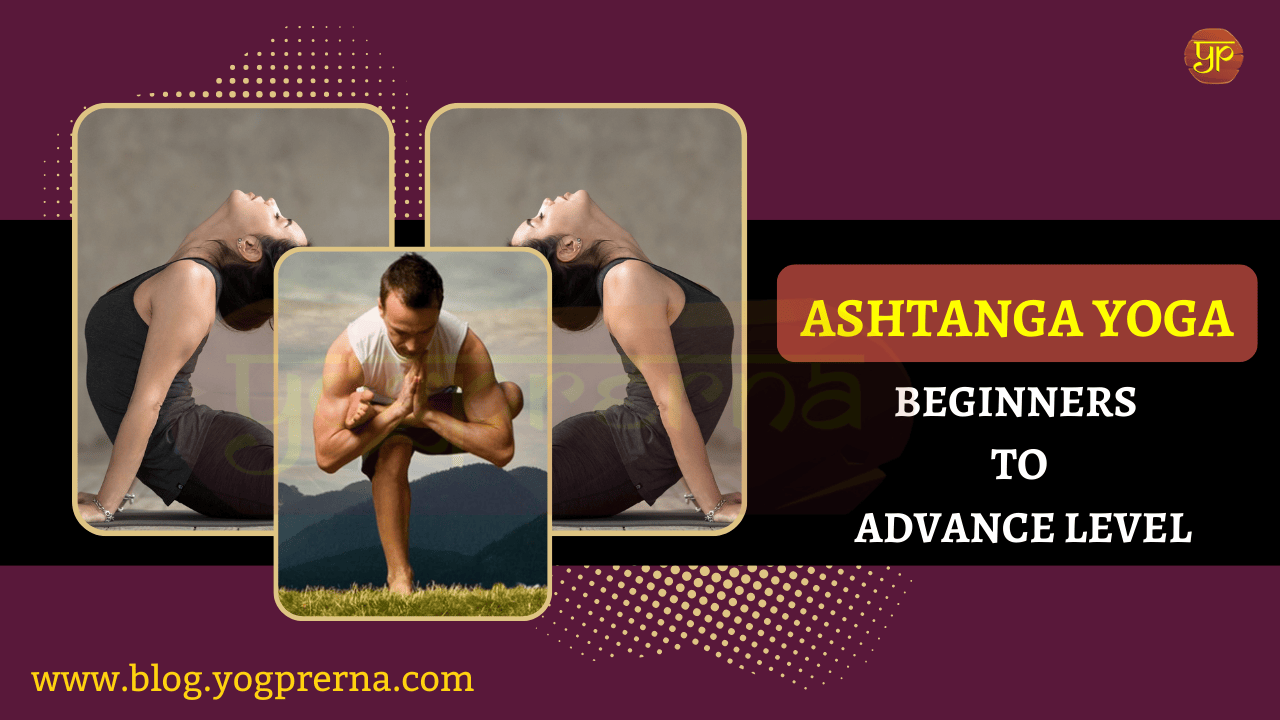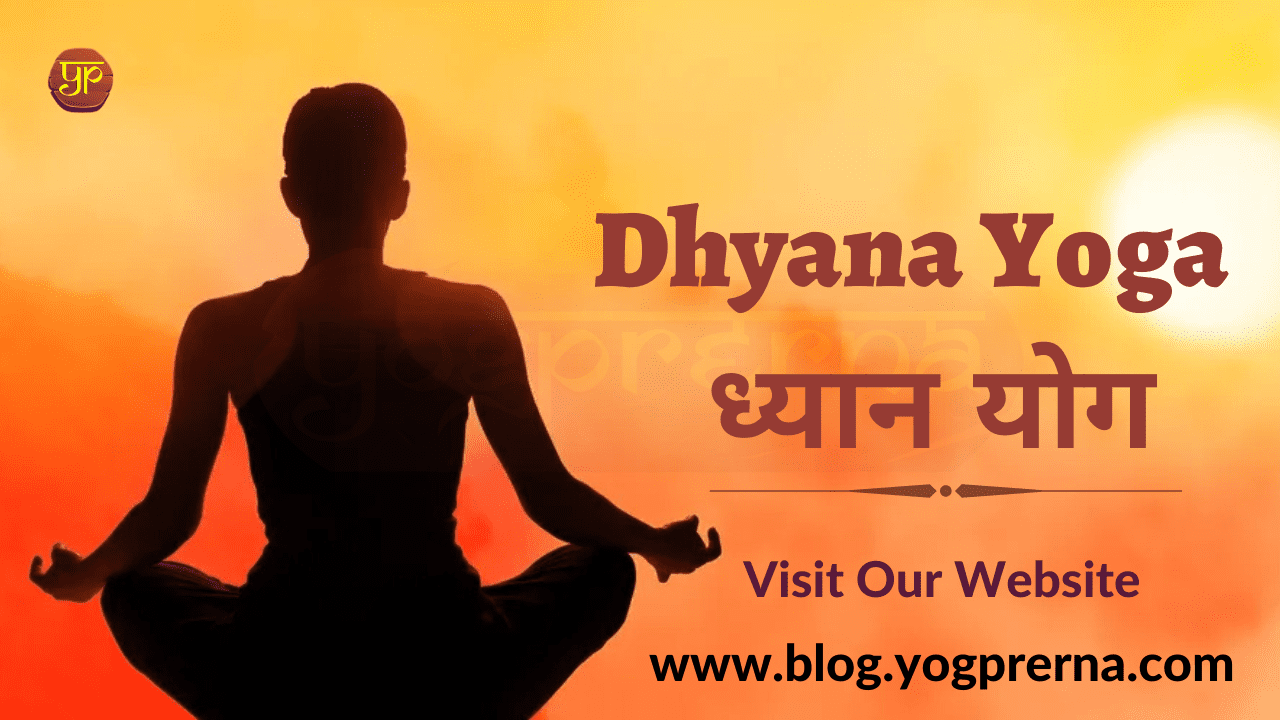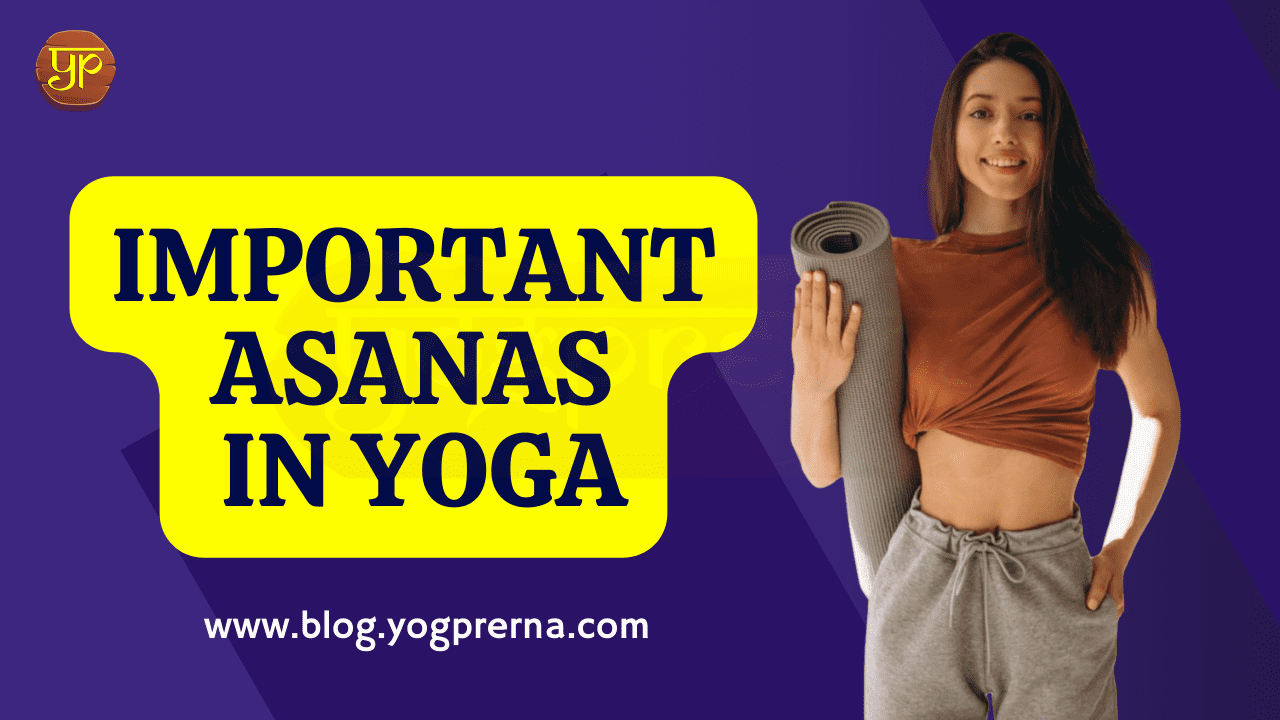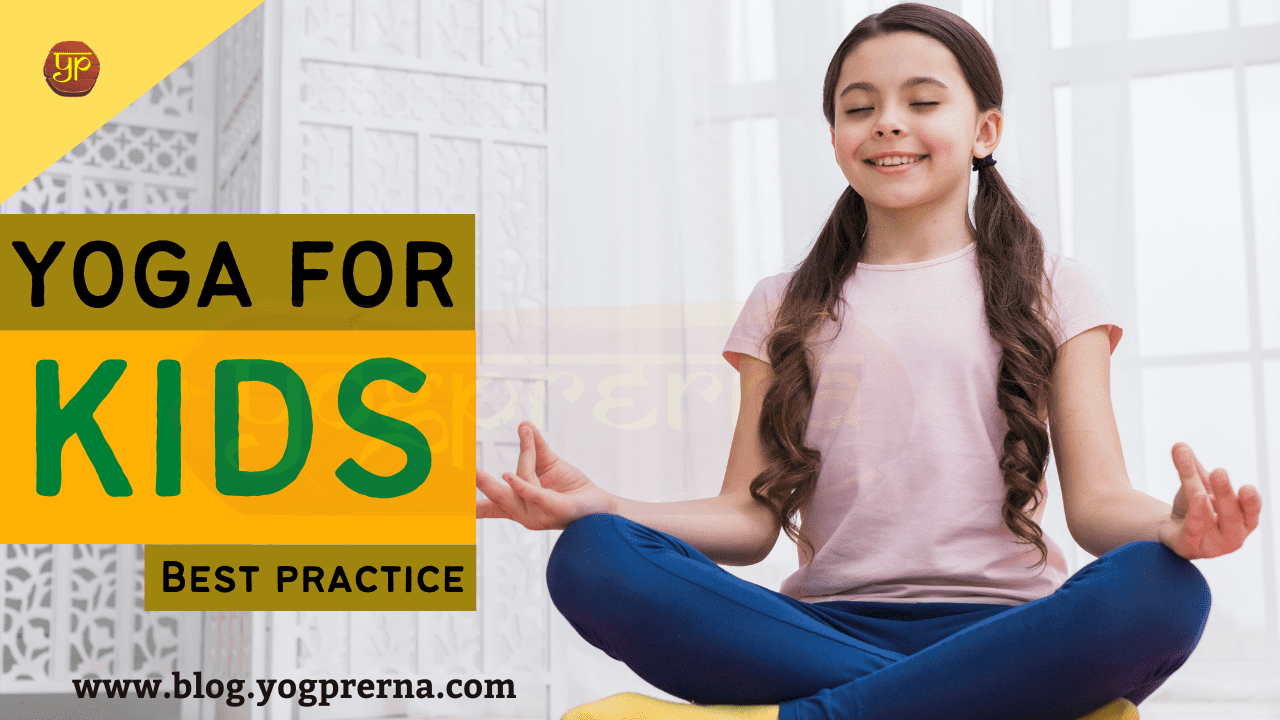What is Ashtanga Yoga Poses?
It has been regarded as one of the most popular types of yoga in the Western world since the late 1990s. Ashtanga Yoga focuses on a strenuous physical practice that contains a series of postures that are connected together by breath to make a constant cycle.
In so many ways, yoga has transformed my life. It’s safe to say Ashtanga Yoga is taking the world by storm, from the physical benefits of strength and flexibility to better mental wellness.
Ashtanga means “eight limbs or branches” in Sanskrit. The Eightfold Path, according to Patanjali’s Yoga Sutras, is a practice that leads to enlightenment and nirvana. As the name implies, Ashtanga encompasses all eight limbs of yoga and promotes mental and spiritual well-being.
It’s also one of the most versatile yoga styles. Guided self-practice, often known as “Mysore-style,” is the conventional method of practicing. Students congregate in the same room to practice under the supervision of a skilled instructor. They memorize the sequence as they gain strength at their own speed.
What is “Ashtanga Yoga”?
Ashtanga, like Vinyasa or any other yoga, consists of a series of poses that flow from one to the next. What makes Ashtanga distinct is that every time you practice, you do the same positions, or asanas, in the same order and for the same time.
“Ashta” and “Anga” are two Sanskrit words that make up the word Ashtanga. “Ashta” means “eight,” whereas “Anga” means “limb” which is a “body part.”
Ashtanga integrates the eight limbs of yoga into a single, comprehensive discipline. These eight limbs of yoga illustrate the numerous areas of yoga philosophy found in the yoga sutras, which serve as the Ashtanga School’s foundation. Yama, Niyama, Asana, Pranayama, Pratyahara, Dharana, Dhyana, and Samadhi, are the codes and limbs of Ashtanga Yoga.
The major series, or whole routine, lasts about 75 to 90 minutes. Each action has an associated inhalation and exhalation, as well as a sensory focal point known as a Drishti.
Ashtanga is divided into six levels and is based on vinyasa, or flowing movements between poses, with a focus on energy and breath. It is a physically demanding activity that also generates a sense of well-being.
The origin of “Ashtanga Yoga”
The origins of Ashtanga may be traced back to ancient literature called the “Yoga Korunta,” written by a sage named Vamana Rishi. Sage Patanjali compiled the “Yoga Korunta” sometime between 200 B.C.E. and 250 C.E.
Krishnamacharya was born at a time when India was still ruled by the British. He studied yoga with a teacher for seven years while living in a cave and avoiding the regular life of a householder. He started teaching yoga after those seven years. His teachings exploded in popularity in 1931. He began teaching at Mysore’s Sanskrit College, where he finally taught Pattabhi Jois, his most famous student. Krishnamacharya also developed the Ashtanga style that we know now during this time period. The fast-paced movements of the sun salutation are claimed to have been influenced by Indian wrestlers and athletes.
Jois was a committed student who developed and promoted the new style and began teaching others soon after. These exciting and rigorous stance flows were created to cleanse the body and bring serenity to the mind, and they eventually gave rise to many distinct kinds of yoga, including hot yoga, flow or Vinyasa Yoga, and power yoga.
How to Perform Ashtanga Yoga?
Yoga is a physically strenuous activity. The goal of modern Ashtanga is to direct people’s frenetic brains to their restless bodies. Vinyasa and Tristhana must be used in conjunction with the Ashtanga yoga pose to achieve excellent results.
Vinyasa: It relates to the respiratory and movement system. Every movement in Vinyasa is preceded by a breath inhalation. Consider the Sun Salutation or Surya Namaskar, which has nine Vinyasas. As a result, each pose is given a specific amount of Vinyasas. Internal purification is the goal of Vinyasa — when breath and movement are linked while practicing asanas, the blood is warmed, diluted, and cleaning it. Blood circulation is improved as a result. As a result, joint pains are relieved, and diseases are expelled from the body. Sweating occurs as a result of Vinyasa, which eliminates impurities and poisons from the body.
Tristhana: It is the combination of 3 points of attention or activity, namely, stance, respiratory system, and observing location. These three locations are extremely important for Yoga practice. Tristhana focuses on cleansing the body on three levels: the physical, mental, and neurological systems. The elimination of the six venoms in a person is the next level of Ashtanga practice, and it is an important aspect of inner detoxification. According to yoga teachings, God resides in our spiritual hearts as light. These six venoms, however, surround the spiritual heart:
- Kama
- Krodha
- Moha
- Labha
- Matsarya
- Madha
Benefits of Ashtanga Yoga
Ashtanga has various advantages. Because it is known to be hard, it is ideal for athletes and those seeking a proper workout. The advantages of Ashtanga aren’t confined to physical properties. It also benefits moral and psychological well-being by improving mental clarity, mental serenity, and attention in daily life. Some of the top benefits of Ashtanga Yoga are:
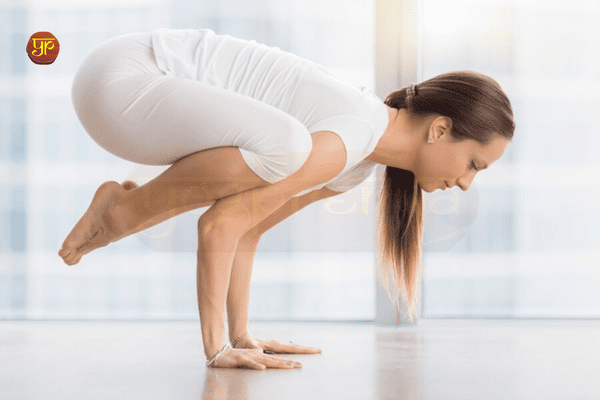
Improve flexibility
Ashtanga, like any style of yoga, will help you become more flexible over time. Although it’s critical to listen to your body and take things carefully at first, you’ll notice that your flexibility improves after a few weeks of practice. Start Ashtanga if you can’t touch your toes. If you work regularly and thoughtfully, you’ll be able to do so within a month.
Physical Strength
Ashtanga is a type of yoga that emphasizes muscle development and physical strength. Ashtanga revitalizes your body, making it stronger, lean, versatile, and disciplined. Your endurance and durability will steadily improve, and your core muscles will become stronger.
Better Cardiovascular Fitness
If you’re looking for a cardio workout, Ashtanga is a terrific option. It will assist you in getting in shape, maintaining your nutrition, and being healthy, all while engaging in long, calm, controlled breathing. These movements, when performed quickly, can significantly elevate your heart rate.
Ashtanga posture sequences are performed in a continuous, fast-paced manner, and the dynamic flow of the asanas can provide a sense of excitement. Ashtanga is the style for you if you like more intensive yogic practice.
Reduce Body Fat
When your muscle mass increases and you engage in more cardiovascular activities, you will burn a tremendous amount of fat. If you commit to a daily Ashtanga practice, you will see less fat around your arms, stomach, and torso area, therefore this is the yoga style for you if you want to lose a few pounds.
Excellent Coordination
Ashtanga is a potent instrument for body tuning. It helps with concentration, balance, and harmony. A quick and powerful set of asanas improves your rhythmic pattern and develops your awareness of your body’s movement and flow.
Mental Healing
Ashtanga keeps your body moving in sync with your breathing. In this exercise, it’s especially crucial to be conscious of your breathing. This type of active yoga, along with a steady concentration on the breath, would cleanse and relax your muscles, ease tension, and enable you to change unpleasant behavior patterns. On a daily level, Ashtanga will bring you back to yourself and keep you grounded. This technique encourages us to go beyond our minds in order to achieve inner peace and deep insight.
Increase focus and creativity
Your mind becomes clear when you are completely relaxed and tranquil, without worrying about the future or obsessing about the past. You have the entire freedom to savor the present moment. You may feel more creative than you have in your entire life when in this state.
Lower Blood Pressure
We use a breathing technique called Ujjayi in Ashtanga yoga. This entails making the sound of the ocean by slightly contracting the windpipe at the back of the throat as you breathe in and out through your nose. Taking long, deep, and quiet breaths by extending your inhalations and exhalations. According to numerous research, this breathing technique reduces blood pressure over time.
Frequently Asked Questions (FAQ)
-
Is Ashtanga the hardest yoga?
Ashtanga is the most disciplined type of yoga. It has six sets, of which just the first is regularly practiced over the course of months or years, making it the toughest yoga technique.
-
Can beginners do Ashtanga Yoga?
Ashtanga yoga is useful for beginners. In reality, lots of studios provide a beginner’s session which is sometimes a one-hour led modified-led class in which the trainer teaches the students through a predefined order of postures.
-
Which is better hatha yoga or ashtanga yoga?
There is a major difference between Hatha yoga and Ashtanga. Hatha is the most widely used form of yoga and is fantastic for beginners. Whereas, Ashtanga is a more intense and systematic form of yoga. Their main similarity is that they both focus on the physical aspects of yoga.
-
What is Ashtanga Yoga?
“Ashta” and “Anga” are two Sanskrit words that make up the word Ashtanga. “Ashta” means “eight,” whereas “Anga” means “limb” which is a “body part.”

